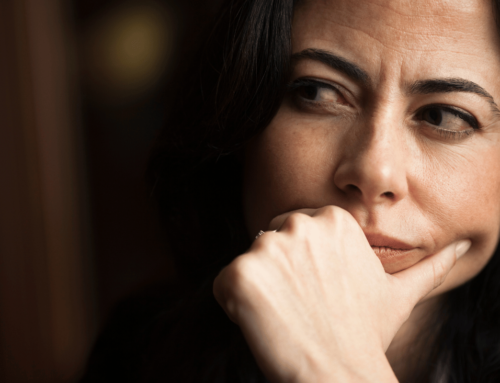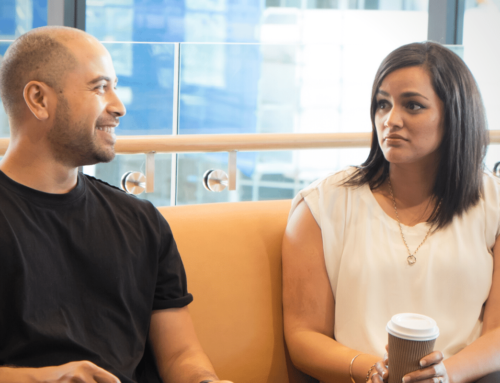
Happy Monday! If you didn’t catch my On Nutrition Column in yesterday’s Seattle Times, “When healthy eating becomes unhealthy obsession,” check it out. The topic is orthorexia, a not-officially-recognized eating disorder that can nonetheless cause real mental/emotional/social distress and even physical harm.
I don’t usually interview people for my column, as you may have noticed, but for this special column I interviewed psychiatrist Neeru Bakshi, MD, and registered dietitian and director of nutrition services Raven Bonnar-Pizzorno, MS, RD, CD, both of The Moore Center, an eating disorder clinic in Bellevue. They were also gracious enough to help me get a phone interview with someone actually recovering from orthorexia.
As you can probably imagine, many people struggling with eating disorders would not want to be interviewed for a newspaper, as there unfortunately is a stigma attached to eating disorders. But Wendy Spin, who actually went through treatment in Colorado, through Moore Center partner Eating Recovery Center, is quite vocal about her experience, in the hope that she can help other people avoid the same problem. Bravo!
As is always the case, what I would like to say in each On Nutrition column far exceeds my allotted word count. This week is no exception.
- Tomorrow, I’m going to talk more about my conversation with Wendy and share a link to her blog.
- Wednesday, I’ll give you some links to more quality information about orthorexia.
- Thursday, I’ll share links to local resources for people who think they may have an eating disorder, and give an overview of the “team approach” that is the gold standard for successful eating disorder treatment.
Today, more from my Moore Center interviews. First of all, the burning question: Are more people developing orthorexia today then they were in the past?
Dr. Bakshi says it’s questionable whether orthorexia is more common or simply appears more common because our awareness of it has increased. “The more we talk about things, the more we talk about them,” she said, adding that a similar phenomenon happened previously with ADHD and bipolar disorder.
So, who gets orthorexia? Dr. Bakshi and Bonnar-Pizzorno both said that orthorexia knows no specific age or gender boundaries, but that orthorexic patients seeking treatment at The Moore Center tend to be women in their 40s. Some do self-refer, but many seek help due to urging from family and friends.
They also said that they see many young eating disorder patients with parents who engage in a type of “orthorexic talk.” For example, proclaiming that they don’t allow white bread in the house–ever. “We talk to them about flexibility rather than rigidity,” Bonnar-Pizzorno said.
As I mentioned in the column, many people who develop orthorexia start from a genuine desire to be healthier, but then that quest goes beyond the point of health. This can happen in general terms, but Bonnar-Pizzorno also gave a specific example of someone with digestive issues who cuts out foods that have caused them problems in the past, but then cuts out more foods, foods that weren’t causing problems. They may ultimately eliminate so many foods from their diet that the restriction itself causes other health issues, which make them feel unwell, so they cut out even more foods, and so on. Do you see where this is going?
With all the “Eat this, don’t eat that. No, wait…it’s OK to eat that!” messages flying around, you might wonder if this feeds orthorexia (no pun intended). Bonnar-Pizzorno said, “People hear a lot of public health messages, try to put them together, and come away with nothing.” That is, nothing to eat. That’s where working with a registered dietitian can help sort through the overload of information in order to reach a healthful balance. In other words, finding a flexible, moderate way to eat that is healthful for both mind and body.






